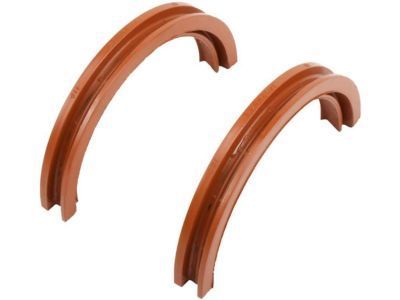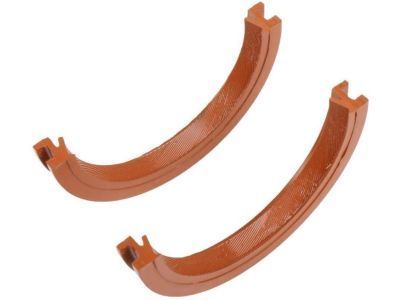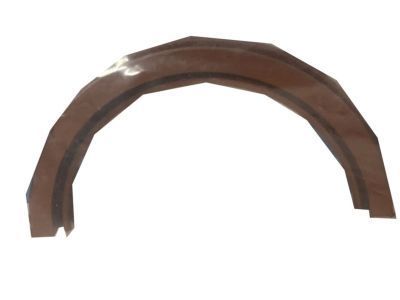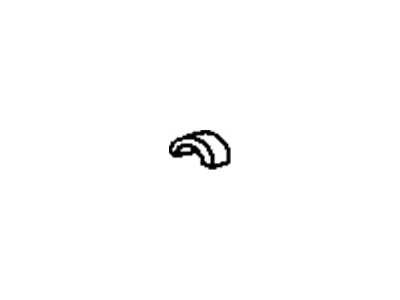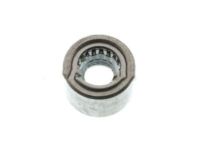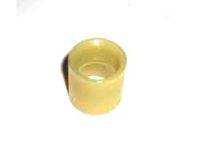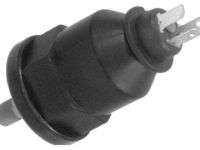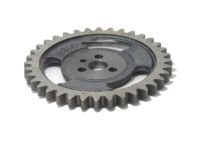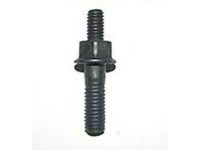For a four-cylinder engine, begin by cleaning the bore in the block and sealing the contact surface on the crankshaft, checking for any scratches or nicks that could damage the new Crankshaft Seal lip and lead to oil leaks; if the crankshaft is damaged, a new or different crankshaft is necessary. Apply a light coat of engine oil or multi-purpose grease to the outer edge of the new seal and lubricate the seal lip with moly-base grease. Press the new Crankshaft Seal into place using a special installation tool, ensuring the seal lip faces the front of the engine; if the tool is unavailable, carefully work the seal lip over the crankshaft end and tap it in with a hammer and punch until seated. For a V6 engine from 1985, inspect the rear Crankshaft Seal bearing cap and engine block mating surfaces, as well as the seal grooves, for any defects, removing them with a fine file or deburring tool. Install one seal section in the block with the lip facing the front, leaving one end protruding approximately 1/4 to 3/8-inch, and ensure it is completely seated. Repeat this for the remaining seal half in the rear Crankshaft Seal bearing cap, leaving the opposite end protruding the same distance. During the final crankshaft installation, after checking bearing oil clearances, apply a thin, even coat of anaerobic-type gasket sealant to the indicated areas, avoiding contact with the bearing face, crankshaft journal, seal ends, or seal lips, and lubricate the seal lips with moly-base grease or clean engine oil. For models from 1986 onward, which feature a one-piece Crankshaft Seal, install the crankshaft first and bolt the main bearing caps in place before installing the new seal in the housing and bolting the housing to the block. Before crankshaft installation, carefully check the seal contact surface for any scratches or nicks that could damage the new Crankshaft Seal lip; if damaged, a new or different crankshaft is required. Remove the old seal from the housing by prying it out with a large screwdriver, noting how far it is recessed into the housing bore, as the new Crankshaft Seal must be recessed the same amount while avoiding damage to the bore. Ensure the housing is clean, apply a thin coat of engine oil to the outer edge of the new seal, and press it squarely into the housing bore, using a press or a large vise with smooth wood pieces to distribute force evenly. Avoid allowing oil or other lubricants to contact the seal lip surface, use a new gasket without sealant, and ensure dowel pins are in place before installing the housing. Tighten the nuts or screws gradually until the seal housing is fully seated, then tighten them to the specified torque.
Posted by GMPartsGiant Specialist 
